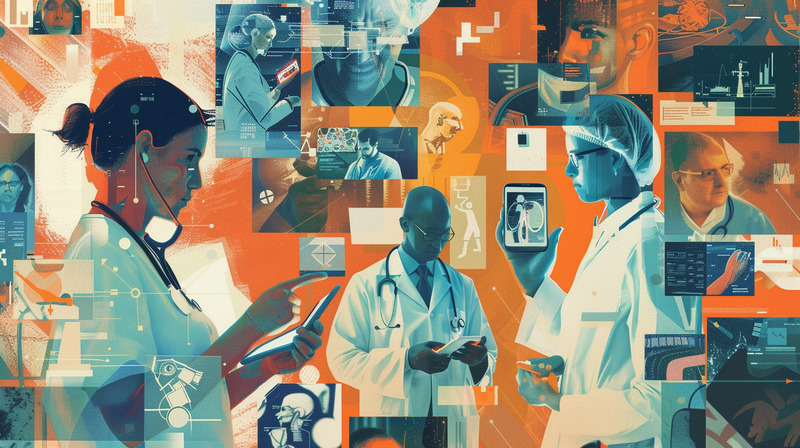The healthcare industry is constantly evolving, driven by advancements in technology, shifting consumer behaviors, and the ongoing quest for better patient outcomes. Here are the top health trends to watch, covering everything from digital healthcare and personalized medicine to the ongoing physician shortage and cybersecurity concerns.
Digital Healthcare and Personalized Medicine
Digital healthcare, also known as digital health, is a rapidly expanding field that includes health information technology, wearable devices, mobile health (mHealth), personalized medicine, telehealth, and telemedicine. These technologies aim to improve healthcare access, reduce inefficiencies, and enhance patient outcomes. Digital tools and platforms provide healthcare providers with a more comprehensive view of patient data, while patients gain greater control and insights into their health.
The Physician Shortage and Nursing Crisis
The healthcare industry faces significant workforce challenges, including a growing physician shortage and ongoing nursing crisis. The Association of American Medical Colleges predicts a shortage of up to 124,000 physicians by 2033, while the nursing shortage and reliance on contract labor continue to strain healthcare systems.
Cybersecurity Concerns
Ransomware and cyberattacks are on the rise, posing significant threats to healthcare infrastructure. In 2023, health system ransomware attacks nearly doubled, with 141 U.S. hospitals affected and data stolen in 32 of 46 events. This highlights the need for robust cybersecurity measures to protect patient data and ensure the continuity of healthcare services.
Consolidation and Mergers
Consolidation among large and mid-size health systems continues, with 65 hospital and health system M&A deals in 2023. This trend is expected to continue, driven by the need for greater efficiency and cost savings in the face of ongoing financial pressures.
Value-Based Care and Risk Management
The shift towards value-based care and risk management is gaining momentum. Healthcare organizations are increasingly adopting value-based arrangements, with tech-driven companies like Teladoc exploring full-risk contracts for patient populations. This shift is driven by the need to improve patient outcomes while reducing costs.
Pharmaceutical and Device Inflation
Hospital drug and supply expenses continue to rise, with a 6% increase in 2023 compared to the previous year. This trend is driven by factors such as supply chain disruptions and the ongoing COVID-19 pandemic.
Consumer Trust and Communication
Consumers are increasingly turning to non-traditional sources for health information, highlighting the need for authentic and trustworthy communication strategies. Healthcare organizations must adapt to these changing behaviors to maintain patient trust and loyalty.
These health trends underscore the complexities and challenges facing the healthcare industry. By understanding and addressing these issues, healthcare professionals can work towards better patient outcomes, improved efficiency, and a more sustainable future for healthcare.







